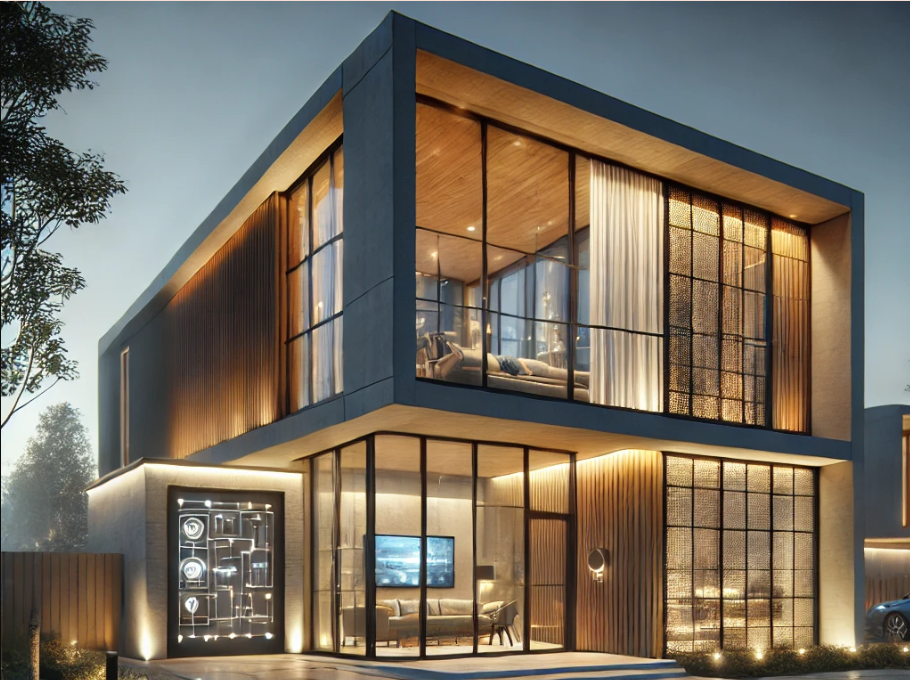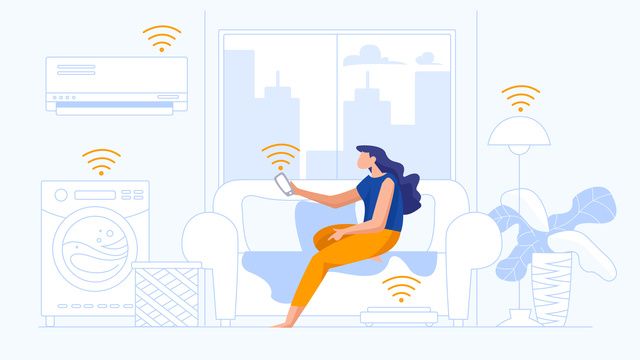
Concept
The Smart Home and Facade Automation System aims to enhance home comfort, convenience, and energy efficiency by enabling remote control of both interior and facade lighting, as well as facade panel movements using Arduino hardware and software. This project focuses on developing a system where users can remotely switch interior and exterior lights on and off and open or shut facade windows and panels. The integration of Arduino microcontrollers with wireless communication modules facilitates seamless interaction between the user and the home environment, providing a modern, automated living experience while promoting energy savings and security enhancements.
Problem Statement
Modern households face challenges in managing energy consumption and maintaining convenience in controlling various home elements. Traditional manual control methods for both interior and facade lights, as well as facade panels, are not only inconvenient but also inefficient in terms of energy usage. There is a need for an automated system that allows users to control these elements remotely, thereby enhancing the overall living experience and promoting better energy management.
Solution
The proposed solution involves using Arduino microcontrollers to create a wireless home and facade automation system. The system consists of:
- Arduino Board: Acts as the central control unit.
- Wireless Communication Modules: Such as Bluetooth or Wi-Fi modules, for remote communication.
- Relay Modules: For controlling the power supply to both interior and facade lights.
- Servo Motors/Actuators: For opening and closing facade windows.
- Remote Control Interface: This could be a smartphone app or a dedicated remote control device.
Schematic
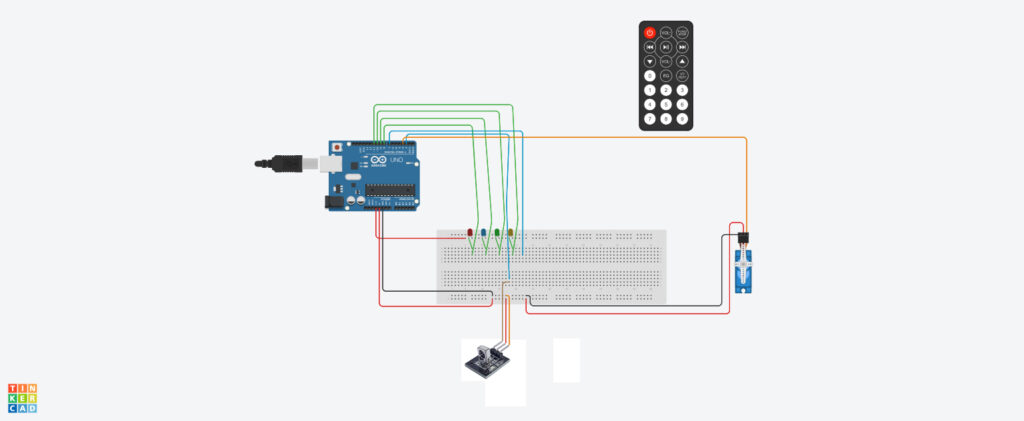
Bill of Materials
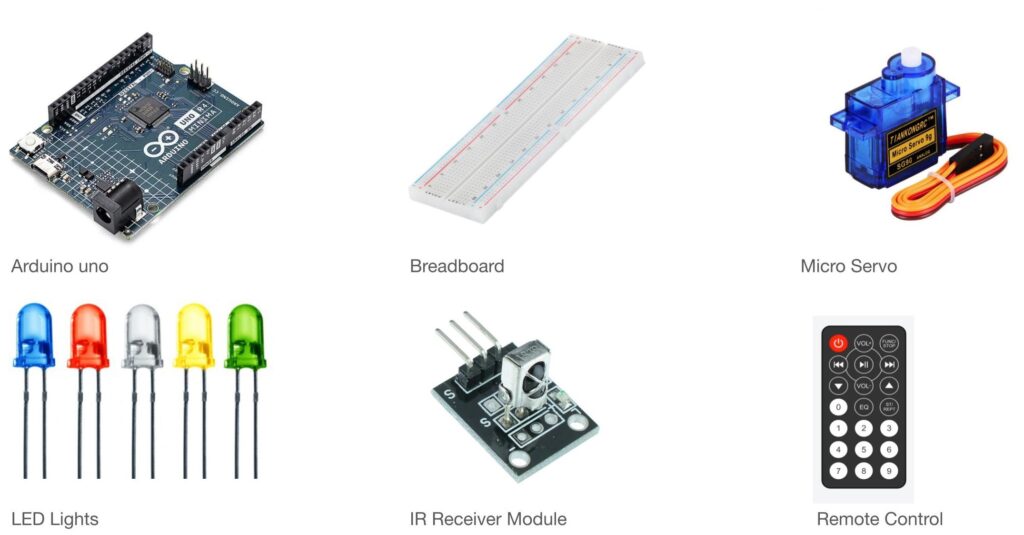
Prototype
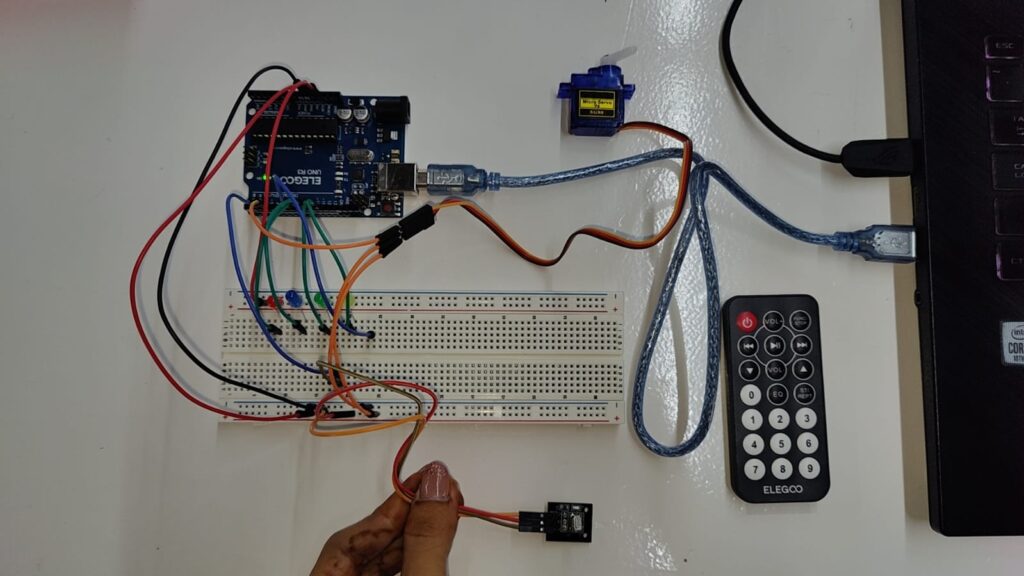
Technical Process
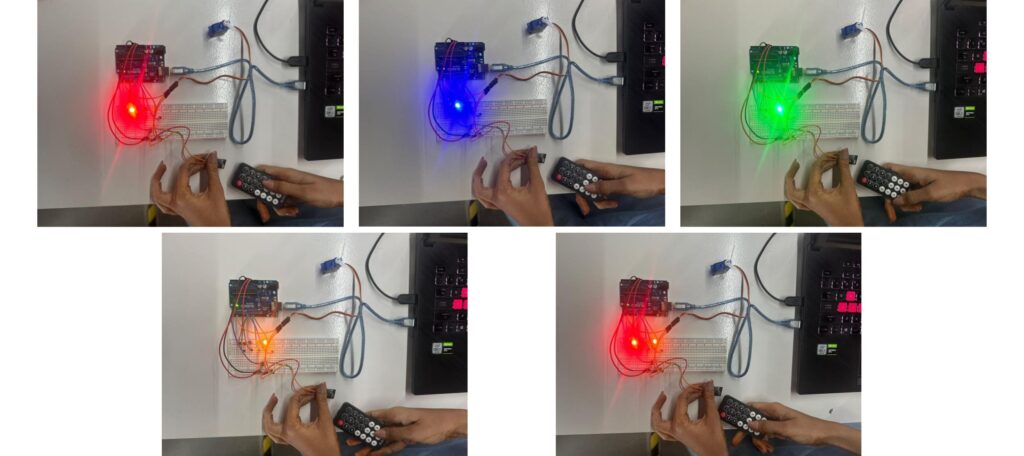

Code
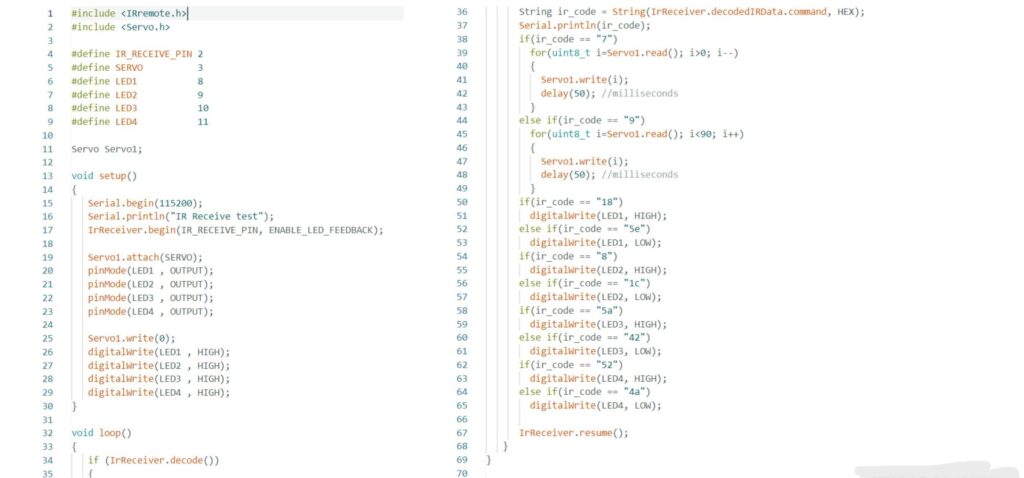
Next steps or future development ideas
Integration with Voice Assistants:
- Enhance the system by integrating it with popular voice assistants like Amazon Alexa, Google Assistant, or Apple’s Siri for voice-activated controls.
Mobile Application Development:
- Develop a dedicated mobile app that offers a user-friendly interface for controlling the interior and facade lights as well as facade panels, with added features like scheduling and status monitoring.
Sensor Integration:
- Incorporate sensors such as light sensors, temperature sensors, and motion detectors to enable automated responses based on environmental conditions (e.g., lights turn on when it gets dark, facade lights illuminate based on motion detection, or windows close when it rains).
Energy Monitoring and Management:
- Implement energy monitoring capabilities to track power consumption in real-time and provide users with insights and suggestions for optimizing energy use.
Enhanced Security Features:
- Add security features such as automated lighting patterns to simulate occupancy, integration with security cameras, and real-time alerts to the user’s mobile device in case of unusual activities.
Solar Power Integration:
- Explore the integration of solar panels to power facade lighting and window actuators, promoting renewable energy use and further reducing the overall energy footprint.
Scalability and Customization:
- Design the system to be scalable and customizable, allowing users to add more devices and features as needed, ensuring the system can grow with the user’s requirements.
Render
